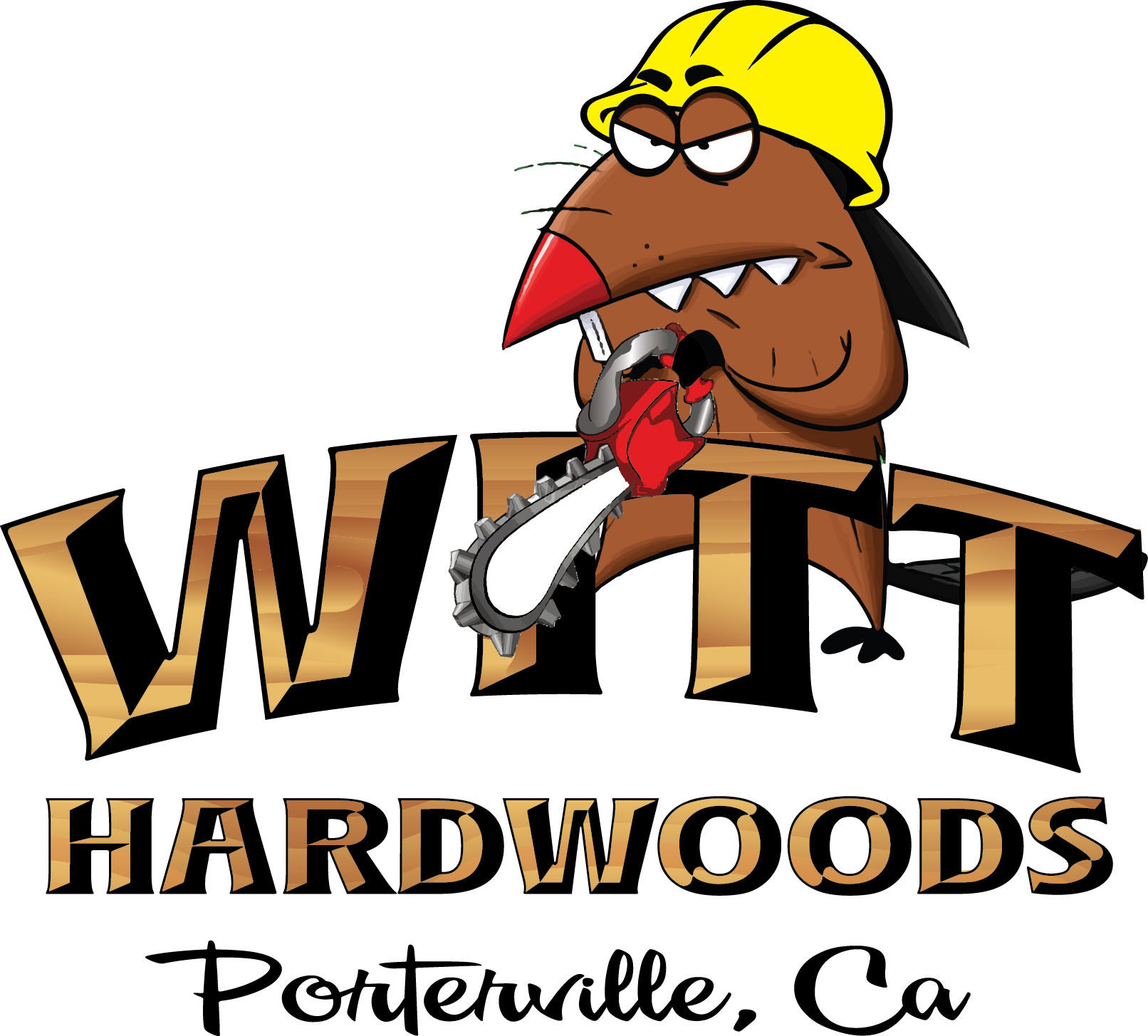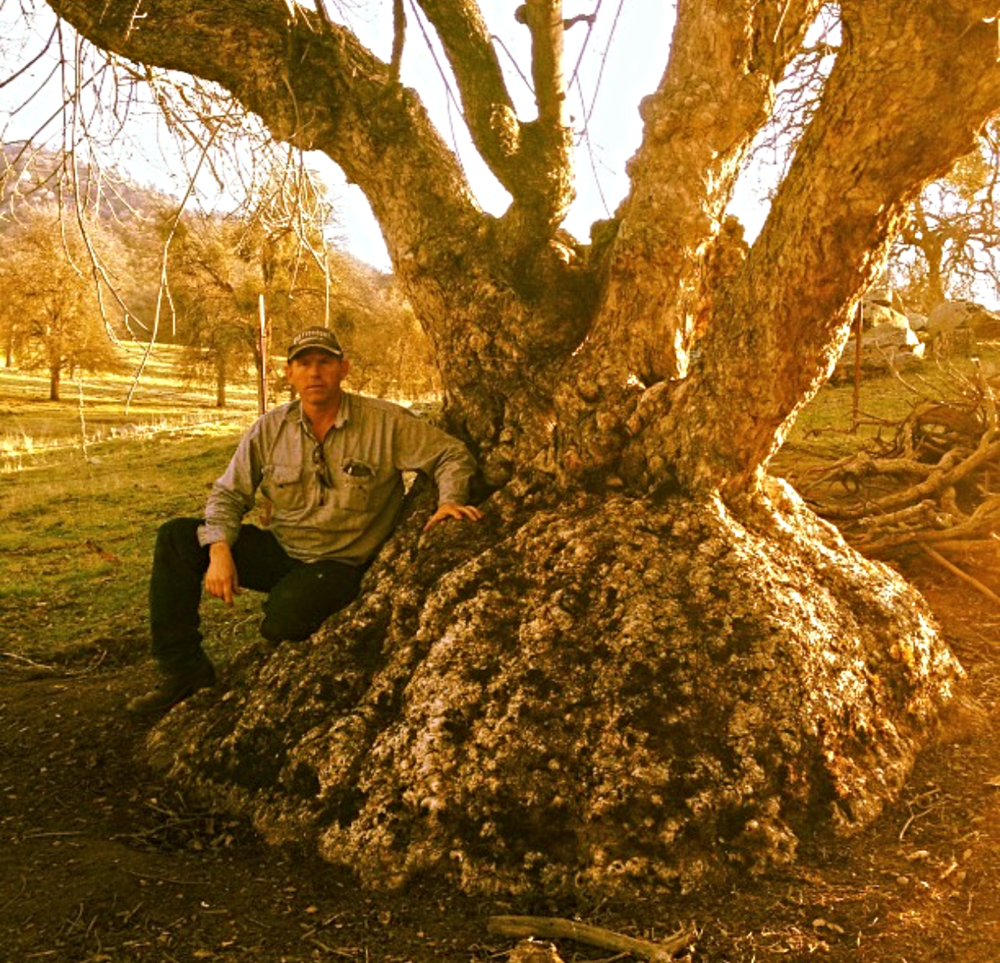Aesculus californica -
California Buckeye Burl
(Aesculus californica) is a deciduous tree, endemic to California and the only native buckeye species to the state. Buckeyes love to grow around us in the foothills of the Sierra Nevada and the Central Valley, about 1,200-4,000 elevation. We feel it is our calling to harvest and study California buckeye. Having the opportunity to locally harvest and source all of our own buckeye burl, getting it straight from Mother Earth’s soil and passing it to the hands of our customers is something we take a great amount of pride in. In doing so, it is our duty to serve the environment. We love nature and our number one concern helping the environment and the ecosystem; therefore it is important to us that every step of the process, every tree, every cut is done correctly and conservatively. We are not rapacious or wasteful. We use every inch of the byproducts of our wood.
We cherish Mother Earth, trees, and buckeye burl and love providing our customers with authentic, organic and the most premium California buckeye burl around!
Harvesting California Buckeye
A well-planned harvest focuses on the trees that are to remain rather than on the trees that are to be cut. We leave many trees behind even if they may offer good burl or log. We maintain a respectful working partnerships between landowners/ranchers by providing maintenance and management for fuel reductions. Poorly maintained vegetation is a natural, volatile fuel for fast-spreading wildfires - an invitation to disaster. We help minimize fire danger by controlling the density and placement of flammable vegetation with the trees we remove. The goal is to maintain trees and vegetation that beautifies and benefits the property, and to remove or reduce hazardous vegetation that provides a combustible fuel supply for wildfire. By doing so, we also help create more grazing acreage for livestock, generating fresh browse, and is beneficial for all wildlife and plants. Buckeyes start their annual growth cycle about late winter and early spring and become dormant in the summer, therefore they no longer provide any shade for cattle or wildlife and take up a vast majority of the land.
“Good harvesting mimics nature, but speeds the process and promotes the environment’s health.”
Buckeyes replenish themselves quickly and extend their gratitude every year by offering up a harvest of nuts. Like us, many believe that taking care of the buckeyes is a responsibility passed on to us by the native people, who for the past few thousand years have been utilizing the buckeye tree. However, this seed or nut contains a neurtoxin gylcoside aesculin, which is destructive to our red blood cells and can also be associated with rat poison. But, all of the buckeye’s leaves, shoots, and flowers are poisonous, as well as the fine sawdust also.
According to Cal Poly’s Select Tree Webpage, Native Americans called the seed “hetuck” which translates to “buck eye” - because its markings resemble the deer eye. Many say that the Native Americans utilized the tree for medicinal purposes like snake bites by cutting the bark from the base of the tree and making a poultice. They also mashed buckeye nuts and dumped the contents into rivers and streams to stun or kill fish. The smooth, straight, dense, yet flexible branches of the buckeye also made for bow and fire drills.
We begin harvesting after the first Fall rain and continue the season until the grass turns brown. When burls are removed from the ground they are fresh, green, and white in color. As they sit in our yard, they begin to color overtime. Usually by the summer months, they will display blue/grey coloring.
























